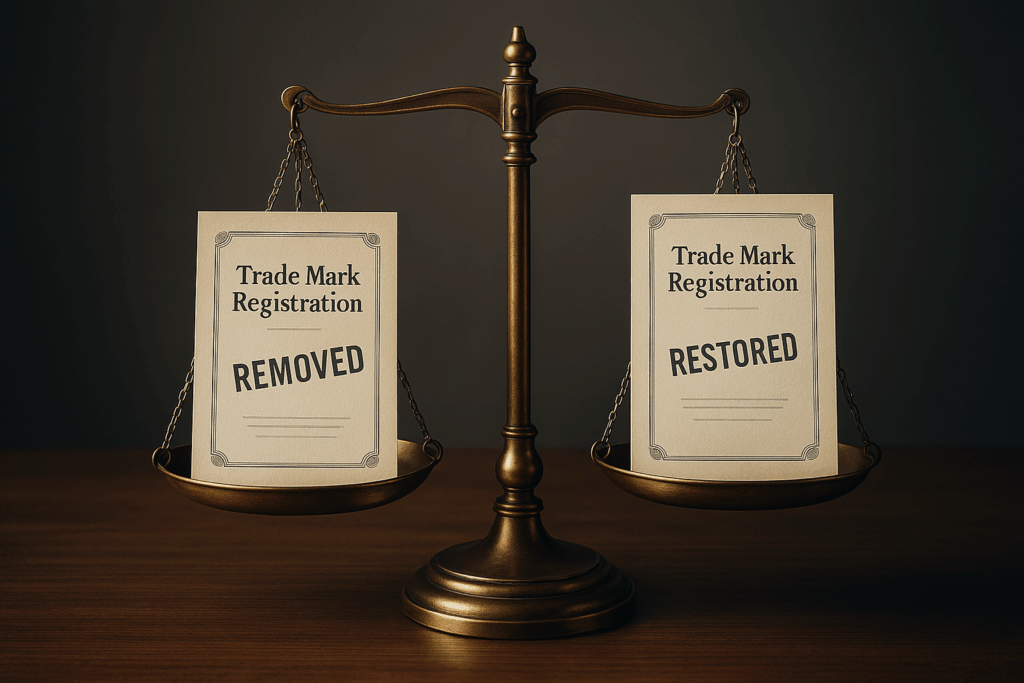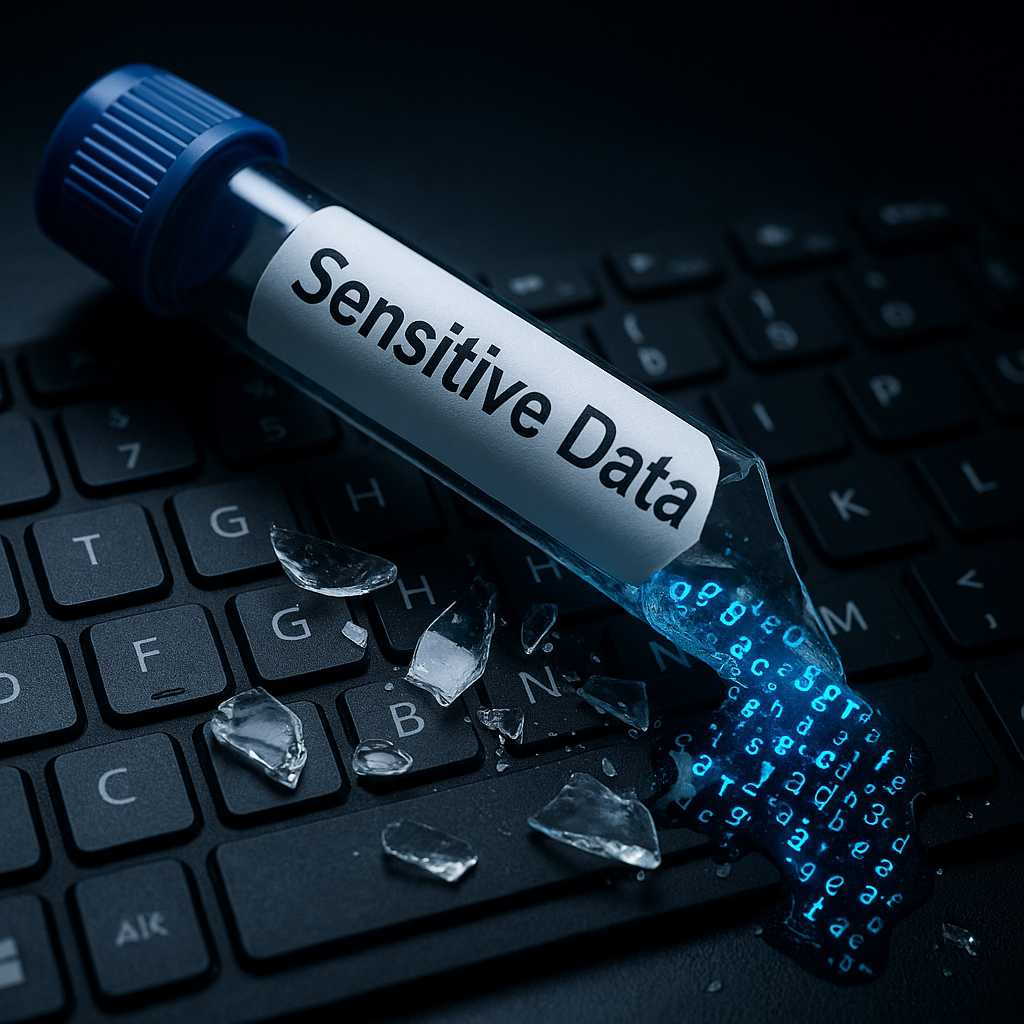No Use? No Worries: ETO Brand Wins Back Its Mark
 When ETO Group (formerly ETORO Group) lost its “ETO” trade mark in a non-use battle before IP Australia, most would have assumed the fight was over … but it wasn’t.
When ETO Group (formerly ETORO Group) lost its “ETO” trade mark in a non-use battle before IP Australia, most would have assumed the fight was over … but it wasn’t.
The Delegate had ruled that “ETO” hadn’t been used in Australia for the relevant three-year period — a fatal finding under s 92(4) of the Trade Marks Act 1995.
But ETO appealed. And when the non-use applicant — ETO Gruppe Technologies GmbH — filed a submitting notice and the Registrar declined to appear, the Federal Court stepped in to set things straight.
The decision: ETO Group Pty Ltd v ETO Gruppe Technologies GmbH [2025] FCA 1253 (Markovic J, 15 October 2025)
⚖️ A Procedural Reversal — and a Lesson in Persistence
Under s 104 of the Trade Marks Act 1995 (Cth), a non-use appeal to the Federal Court is a hearing de novo. The Court “stands in the Registrar’s shoes” and considers the matter afresh, not merely reviewing for error.
But what happens when no one contests the appeal?
Markovic J followed a clear line of authority from Hungry Spirit Pty Ltd v Fit n Fast [2020] FCA 883 and Thomas v Monsoon Group Pty Ltd [2025] FCA 911:
The Court may reverse a delegate’s decision without a full merits hearing — provided there’s “no self-evident reason” not to.
In other words, if the non-use applicant walks away and the Registrar doesn’t object, the Court can reinstate the mark, so long as there’s no obvious factual or legal barrier.
🏷️ The Facts in a Nutshell
-
The ETO mark (No. 1683956) was registered in Class 36 for “investment and brokerage services” since 2015.
-
ETO Group operates a licensed forex and CFD trading platform — under the corporate name ETO Group Pty Ltd and brand ETO Markets.
-
Evidence showed use of “ETO” on promotional materials, stationery, client agreements, and financial disclosure documents — enough to suggest ongoing commercial use, even if some activity involved brand variations (like “ETO Markets”).
🧩 Why the Court Stepped In
Markovic J found no self-evident reason not to reverse the delegate’s decision, noting:
-
The non-use applicant (ETO Gruppe) no longer wished to prosecute its case.
-
The Registrar didn’t intervene.
-
There was some evidence of genuine use in Australia.
Accordingly, the appeal was allowed, the delegate’s decision was set aside, and the non-use application was dismissed. Costs were left open for written submissions.
💡 IP Mojo Take
This one’s more procedural than punchy — but it’s important. It shows that even if a delegate removes your mark for non-use, all is not lost:
-
Appeals aren’t just for errors. A de novo hearing resets the board.
-
Submissions matter. If the other side files a submitting notice, the Court can restore your mark without re-litigating use.
-
Use evidence still counts. The Court must still be satisfied there’s no “self-evident” reason to uphold removal.
In short: if your opponent drops their challenge, your mark can live to fight another day.
⚙️ Practical Takeaways
-
Always retain use evidence — even peripheral or mixed-brand material can prove vital.
-
If you win on procedure, you still win — the Register is restored.
-
And if you’re the non-use applicant? Think carefully before walking away. You might hand victory back to the brand owner.
 When “Cards Against Humanity” tried to scrub “Cards Against Humidity” from the Trade Marks Register, the battleground was section 92(4)(a) of the Trade Marks Act — non-use and intention to use.
When “Cards Against Humanity” tried to scrub “Cards Against Humidity” from the Trade Marks Register, the battleground was section 92(4)(a) of the Trade Marks Act — non-use and intention to use. Scidera v MLA and the Offshore Method Problem
Scidera v MLA and the Offshore Method Problem “Leave a Legacy, Not a Lost Life.” It sounds noble — but when filed as a trade mark for charitable fundraising and counselling, it ran into an immovable obstacle: LEGACY, the century-old Australian veterans’ charity.
“Leave a Legacy, Not a Lost Life.” It sounds noble — but when filed as a trade mark for charitable fundraising and counselling, it ran into an immovable obstacle: LEGACY, the century-old Australian veterans’ charity. When 86 gigabytes of patient data — including health, financial and identity information — hit the dark web after a ransomware attack, the fallout was always going to be brutal.
When 86 gigabytes of patient data — including health, financial and identity information — hit the dark web after a ransomware attack, the fallout was always going to be brutal. How long can a successful patentee delay the choice between damages and an account of profits?
How long can a successful patentee delay the choice between damages and an account of profits?